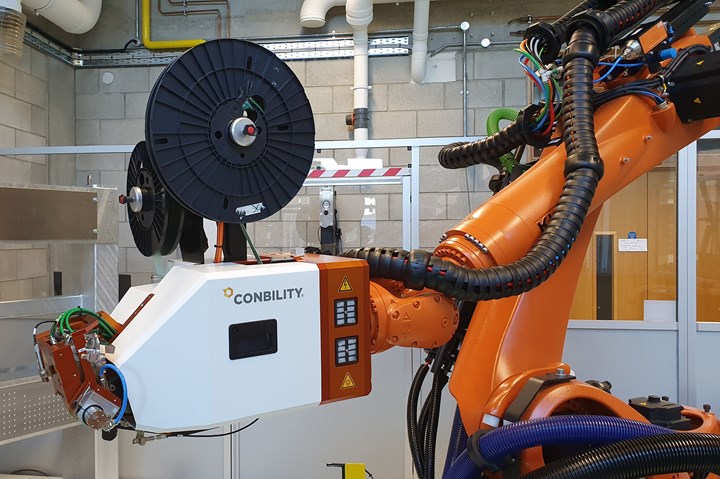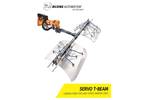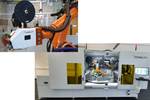Bilsing expands aerospace composites capabilities with 3D tape laying equipment
Conbility PrePro 3D system will be used to produce components for aircraft interior galleys, seats and overhead bins.

Bilsing Automation has invested in a Conbility system for creating composite components using AFP and ATL technology. Photo Credit: Bilsing Automation GmbH
Expanding its footprint in the aerospace industry, (Attendorn, Germany) announced on Feb. 11 that it has invested in a Conbility Pre-Pro 3D automated tape placement and applicator machine for Advanced Fiber Placement (AFP) and Advanced Tape Laying (ATL) applications. As manufacturers strive to reduce aircraft weight through production of composite structures, Bilsing plans to use this new machine for producing interior parts including galley, seat and overhead bin components.
The Conbility PrePro system is capable of processing thermoplastic, thermoset and dry fiber placement and winding, including prepregs, with up to 50 millimeters of tape tension control. Bilsing says a notable feature of the equipment is its ability to directly produce complex, 3D preform structures as well as tubular components. The advanced laser technology accommodates a wide range of process temperatures.
This service is provided at Bilsing Automation Turkey, which holds aviation industry certifications in EASA Part-145, FAA 14 CFR 145/43, GACAR Part 145/43 and SHY Part 145.
Interested companies should call +902 242 113 376 or email salih@bilsing-automation.com
Related Content
-
Low-cost, efficient CFRP anisogrid lattice structures
CIRA uses patented parallel winding, dry fiber, silicone tooling and resin infusion to cut labor for lightweight, heavily loaded space applications.
-
Plant tour: Airbus, Illescas, Spain
Airbus’ Illescas facility, featuring highly automated composites processes for the A350 lower wing cover and one-piece Section 19 fuselage barrels, works toward production ramp-ups and next-generation aircraft.
-
Carbon fiber, bionic design achieve peak performance in race-ready production vehicle
Porsche worked with Action Composites to design and manufacture an innovative carbon fiber safety cage option to lightweight one of its series race vehicles, built in a one-shot compression molding process.



